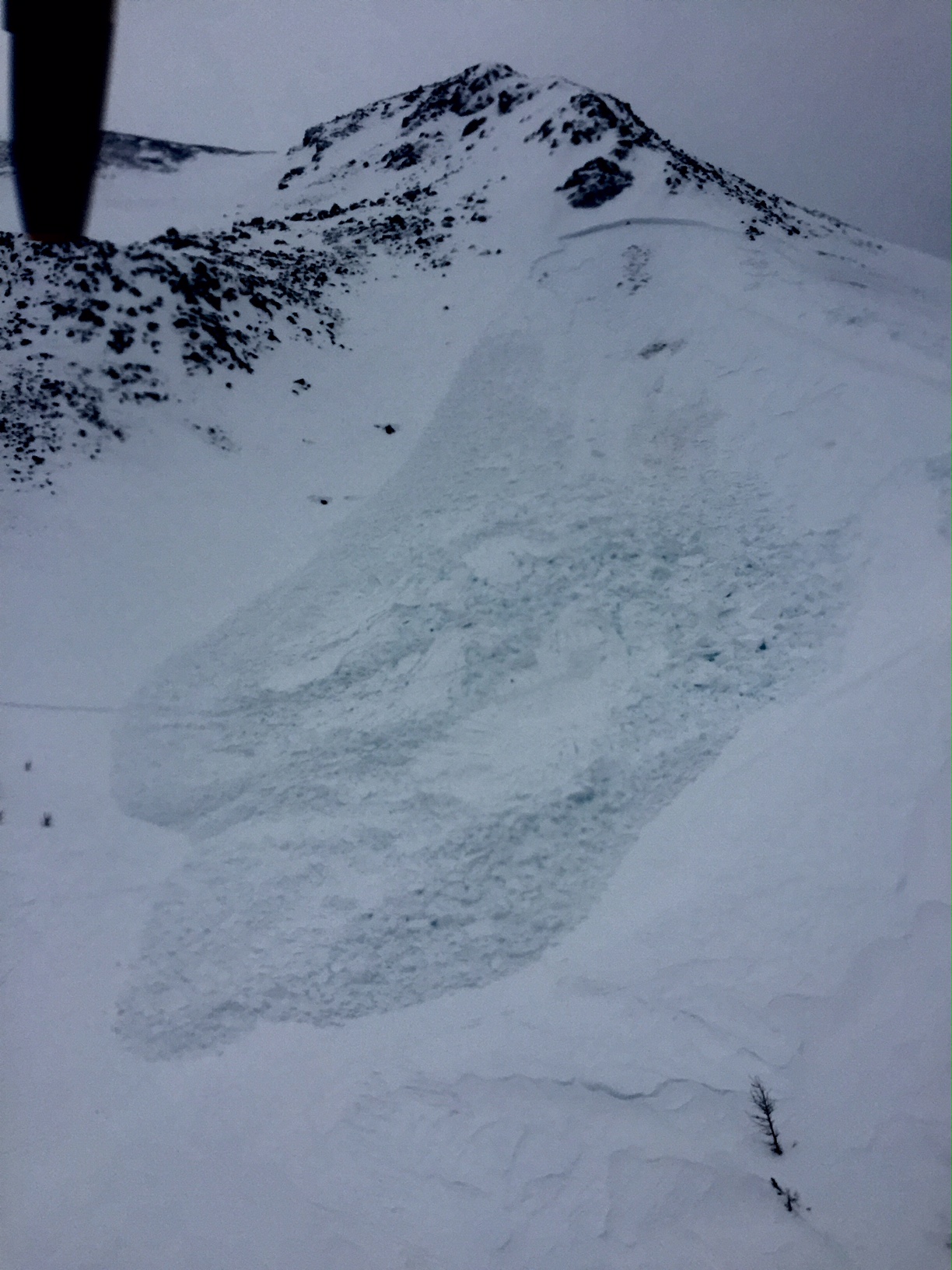Banff, Yoho, Kootenay and Jasper National Parks are issuing a Special Public Avalanche Warning (SPAW) for February 17-20, 2017. The SPAW is to target out of bounds skiers and boarders interested in venturing out of the ski area boundaries, and back-country users who may not be following the avalanche danger bulletin for these regions.
Over the past week these regions had a major avalanche cycle where numerous large avalanches ran well into the run out zones. The natural avalanche activity will taper off as we head into the weekend leaving very tricky and dangerous avalanche conditions at treeline and above where large human-triggered avalanches are still possible. There are two main avalanche problems:
• There are fresh touchy wind slabs 40-60 cm deep at treeline and above
• There is a persistent weakness at the base of the snowpack
Skiers and boarders with no or limited avalanche training need to resist the lure of fresh snow in out of bounds terrain. Backcountry users should manage their risk by sticking to conservative low angled terrain and have the avalanche skills training to exercise cautious route-finding. Alternatively, visitors may hire a professional guide through the Association of Canadian Mountain Guides (ACMG) to help manage their risk.
There are many options for back-country visitors to have a safe enjoyable trip to the national parks. Contact the Visitor Centers to help with your trip plan; and use the avalanche terrain rating guide to help choose a trip appropriate to your level of training, experience, and the current avalanche danger.
We encourage all backcountry visitors to follow the avalanche bulletin at avalanche.pc.gc.ca

